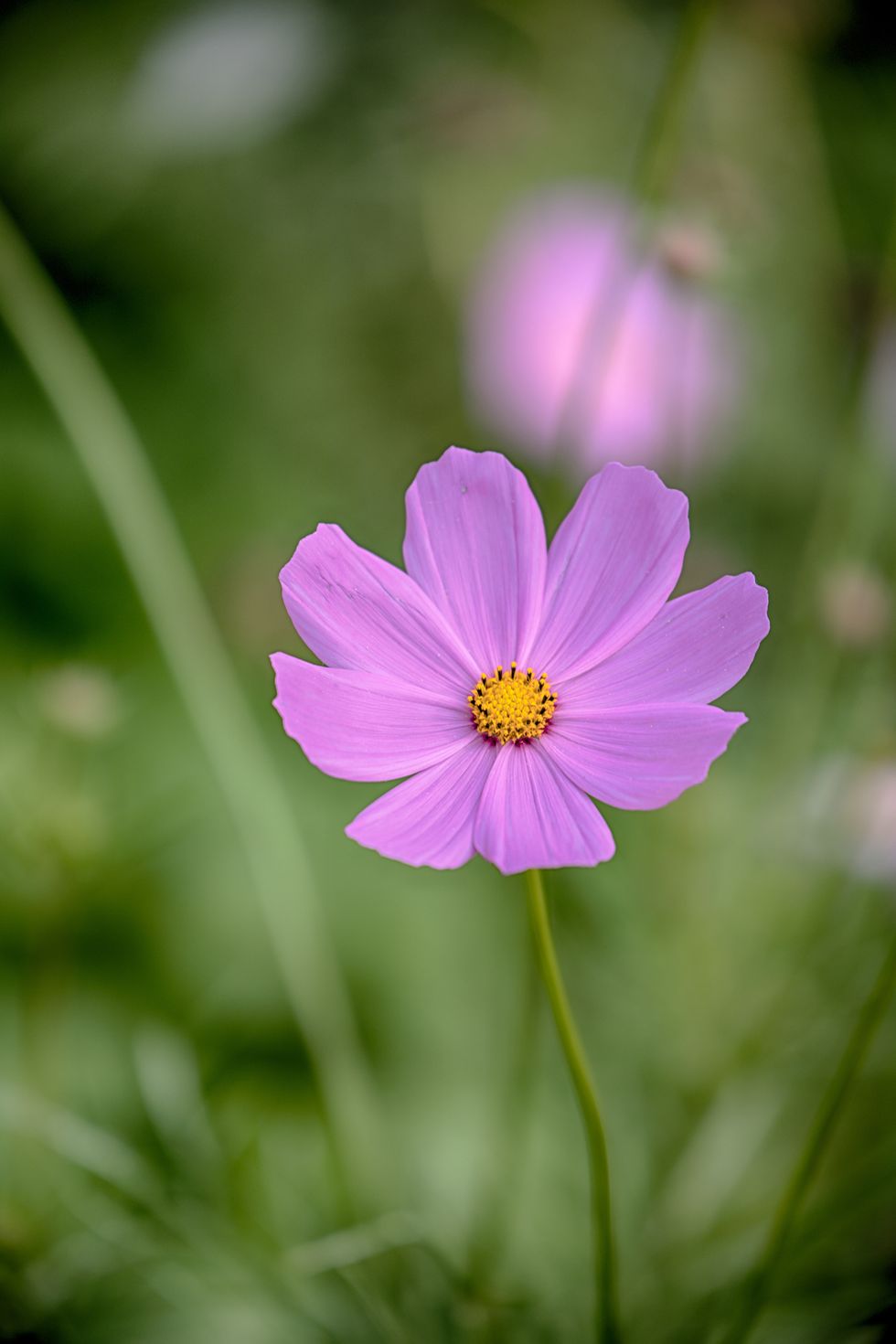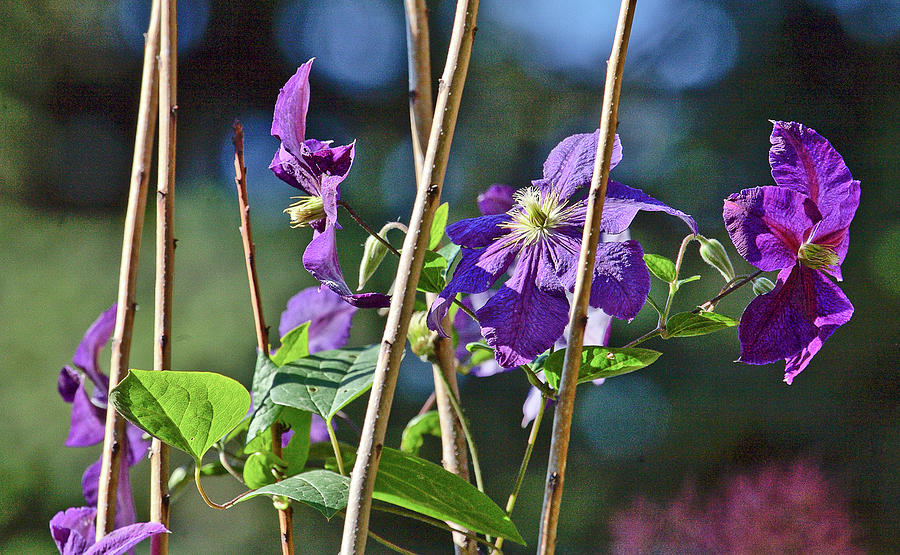

Purple DeadnettleĪ photo of Purple Deadnettle ( lamium purpureum) What is it? For smaller infestations, good old-fashioned hands and knees pulling is an effective elimination method for Creeping Charlie. Unfortunately, the tarp will also deprive the grass and other plants of light. Natural methods such as placing a tarp over the affected area and starving the Creeping Charlie of sunlight will also work. Unfortunately, the best way to eradicate this pest from your yard is to use a pro-level herbicide like Dicamba.

This variety of weed has vining rhizomes underground that are especially troublesome to kill. Most methods tackling this nuisance are somewhat ineffective because what’s seen on the surface is only part of the problem. How do I get rid of it?Įven though Creeping Charlie is considered a broadleaf weed, it is not affected by all broadleaf herbicides. When healthy, well-fed grass grows extra thick, it leaves no room for weeds like Creeping Charlie. Therefore, regular mowing, watering, and fertilizing is one of the best ways to prevent it from appearing in the first place. Like most lawn weeds, Creeping Charlie seems to prefer unhealthy lawns. However, it prefers partial sun and moist, fertile soil. Because this weed is exceptionally resilient, it thrives in some of the most unsavory conditions. Where does it grow?Ĭreeping Charlie is hardy in zones 2 – 12, making it a nuisance nearly everywhere. Supporting pollinators is great, but let’s be honest … there are better ways to do it. In the proper conditions, these blooms attract Honey bees, Bumblebees, and Mason bees. While Ground Ivy is an undesirable weed, its delicate purple flowers have one redeeming quality. So just hoping it will go away will result in a quickly spreading predator capable of choking the life out of your lawn. Part of this weed’s resilience lies in the fact that it is not vulnerable to pests and diseases. Creeping Charlie is a resilient and adaptive vine that can quickly overtake a lawn and kill the turf-grass around it.

Many people battle it in their lawns.Īt first glance, Creeping Charlie’s delicately scalloped leaves and blue-violet spring flowers appear to be quite tolerable, but don’t be fooled. This branching weed grows about one inch high and quickly becomes a low-growing mat of stems and leaves scattered around your yard.Ĭhances are this fast-spreading weed is the culprit responsible for those purple blooms scattered throughout your yard. Hand-pulling is the best organic method for eliminating most weeds, and spraying with a vinegar solution can also work as an organic method.Ī photo of Creeping Charlie (sometimes called Ground Ivy) What is it?Ĭreeping Charlie, also known as Ground Ivy, is a broadleaf weed from the mint family.

Let’s take them one at a time so you can identify the purple flower weed in your lawn or garden, but first a word about eliminating these weeds. The following four weeds with purple flowers are probably the most notorious culprits responsible for invading your landscape: They’re beautiful, but not when they’re in the wrong place (like your lawn). Honestly, there are a number of harmful weeds that have purple flowers.
VINES WITH PURPLE FLOWERS HOW TO
Today I’ll introduce you to the 4 most common weeds with purple-colored flowers and help you understand how to control and eliminate them from your lawn and landscape. If you’re asking “What are the weeds with purple flowers called?” I’ve got you. To complicate the issue, a number of weeds have purple flowers, so identifying what you’re dealing with in your lawn or garden can be tricky. However, when they start to over-run your lawn or crowd out the plants in your garden, these purple flowering plants become weeds. Who doesn’t like pretty purple flowers? In their proper place, purple flowers and the plants that produce them are lovely.


 0 kommentar(er)
0 kommentar(er)
